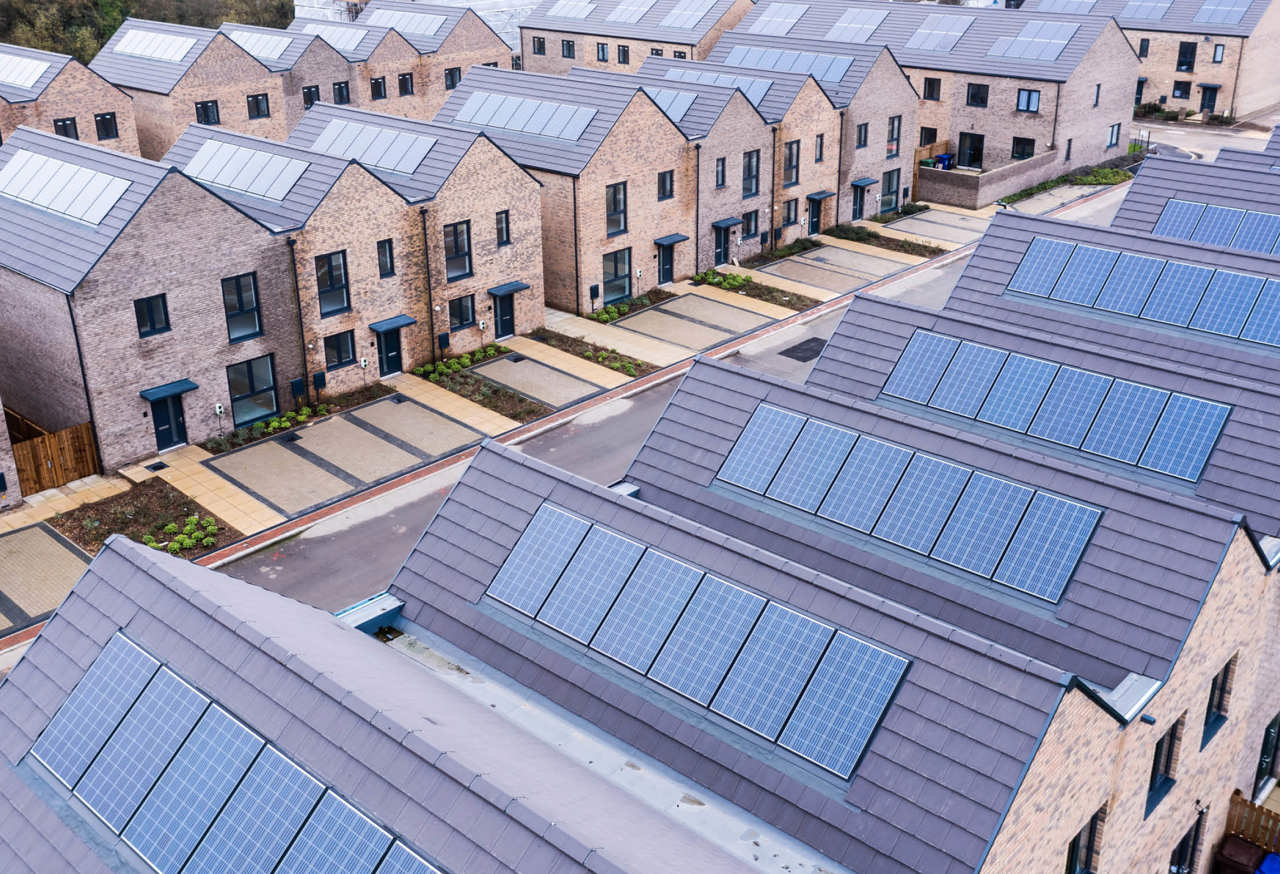Catalysing investment in energy innovation: Assessing market size for investors and vendors
Energy transition Investment Energy consultancy Customer & market insightInsights on our approach to ‘sizing the prize’ of new energy markets and the potential revenue opportunity for key players in this space.
Read the series:

This is a question we are commonly asked by investors (fund managers) and vendors alike: how to assess the Total Addressable Market (TAM), Serviceable Addressable Market (SAM) and Serviceable Obtainable Market (SOM) for specific companies.
A robust and defendable view on this is key for demonstrating and validating the potential revenues companies can make in the future. This:
- Enables investors to understand the future potential revenues and returns of target companies they are exploring investing in
- Helps investors to challenge business plans being presented to them and informs investor views on the valuation of targets.
- Supports vendors demonstrating the size of the market they operate in and the share of the pie they can reasonably expect to achieve.
- Gives vendors robust data they can share in ‘data rooms’ – supporting investment raising activities.
Assessing the size of the prize can be very challenging. It is quite subjective depending on if you are the potential buyer or seller and is very much open to interpretation.
So what do TAM, SAM and SOM mean? And how do you size each of them?
To show how we approach it, I’ll use residential scale air source heat pumps, solar PV and home chargers for EVs to illustrate this.
Total Addressable Market (TAM)
TAM is the overall revenue opportunity that is available if 100% share of a particular market (e.g. the residential heating and hot water market, or the EV charging market) were achieved. It helps investors to understand the size of the need in the market that a company or product is operating in – and it’s particularly useful to show the growth opportunities in expanding product ranges or technology solutions.
Across Europe, total annual sales of all types of residential central heating systems (i.e. the TAM for the residential heating market) is ~7–8 million units per year (with a value of ~10s of billions of euros annually). The Solar PV market is in the low millions of units per year across Europe (with an annual value in the billions of euros). While EV charger sales across Europe will reach 5-10 million units per year by 2030, presenting another huge revenue opportunity (in the €100s million / billions per year in 2030). The total revenue currently being captured by the sum of all technology options & players active in these areas is the TAM for these markets.
Serviceable Addressable Market (SAM)
SAM is the share of a particular market that can be better serviced by the specific technology in consideration compared to any other competing technology. For example, if considering a residential Air Source Heat Pump (ASHP), this would be the share of the residential space heating & hot water market that is best serviced by an ASHP (rather than fossil fuel boilers or direct electric heating). We typically identify the SAM by considering which applications / use cases (i.e. subsets of the TAM) the technology in consideration will be most competitive in or is clearly the best fit / choice for customers. The SAM drills down into the TAM, identifying how successful a technology solution will be in meeting the needs of the market.
Customers consider a host of factors when making decisions about which products and technologies to purchase and install in their homes. In some cases, regulations may dictate the technology choice (for example, banning of fossil boilers in new build, or regulating that a renewable technology such as solar PV or a heat pump must be installed in new build). Space constraints may restrict the deployment of some technologies in space constrained dwellings (for example, multi-family homes will be more challenging for heat pumps where space is needed for an outdoor unit). Roof orientation may make some roof tops more attractive than others for solar technologies. The presence (or lack of) a driveway / off street parking will influence the opportunity for home EV charging.
The affordability of different options will also influence the SAM. Not all customers will be willing to or able to afford high upfront costs for certain technologies. This is a challenge for many newer lower carbon technologies – but an important one. We are seeing new business models come to the market that aim to remove or reduce this barrier, so we expect to see this challenge reduce over time, opening up a larger SAM to new solutions.
Serviceable Obtainable Market (SOM)
SOM is effectively deriving the likely sales revenue that a specific company can achieve with their technology solution or product. This is a function of the competitive landscape and how well positioned the company is versus its competitors. In some cases, it’s a new proposition / new area with limited competition. In other cases, it’s a proposition that is more efficient / cleaner than other options, but it is in a highly competitive space. We are also seeing innovation in the business models for how solutions are sold (such a leasing, financing and subscription models – which will disrupt the market and give customers different more compelling options).
We track and assess key players active across the new energy space, giving us data and insights on annual sales of technologies, market shares of key players, understanding of offerings / business models allowing us to compare different players. Alongside this, we carry out extensive research with customers to understand what types of offerings they will engage with. This helps us benchmark players and propositions available to build a view on what share of future sales they could achieve.
Sizing the TAM and SAM for key technologies and solutions such as heat pumps, EV charging, thermal storage, home energy management systems, battery storage, etc. is something we do as part of our day-to-day research activities across our Subscription Research Services. We leverage this in our work supporting investors and vendors. And then working closely with our clients, we develop the specific TAM, SAM and SOM needed for the target company in question.





